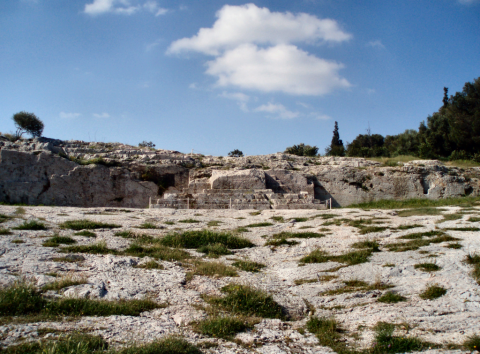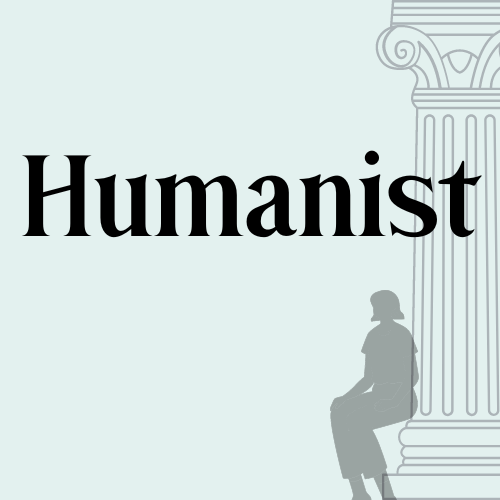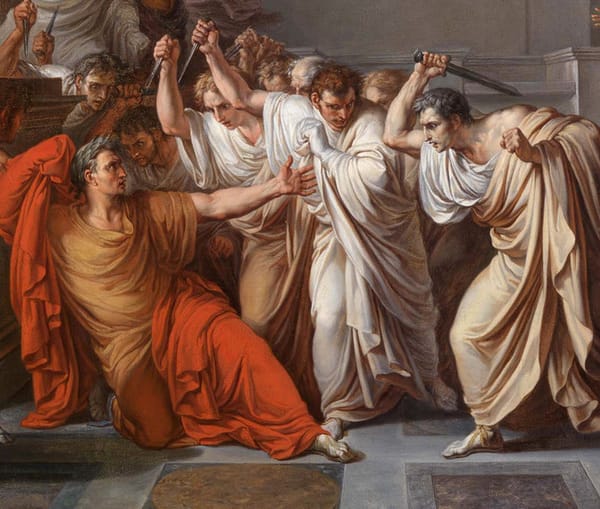Civic Engagement in the Classroom, part 2

Missed Part I? Read it here.
3. Create community in your classroom
I only taught for a few months during the pandemic. It was one of the hardest challenges I’d faced in teaching—like laying railroad tracks while the train was moving—and I know I wasn’t the only one. Some of my students wrote beautiful but very emotional assignments from their childhood bedrooms. Some never did any coursework after we went remote, despite all efforts to reach out to them.
What was the difference? It could have been a lot of things, but as I spoke to my friends and colleagues about their experiences and now that I’ve had a few years to think about it, I think a feeling of community was crucial.
Community relationships are the heart of accountability: we show up for people who we know are counting on us and care about us. When I think about individual people I showed up for during the pandemic, it was the people who I felt connected to, who I knew would miss me if I flaked, who commiserated with me about struggles in my life.
Once I left academia, I didn’t feel compelled anymore to show up just for the sake of being seen in certain spaces for my professional advancement (that tether was very weak indeed), but I did show up to support people I cared about. When I think about webinars I signed up for and actually attended — even with my camera on sometimes! — it was the events that centered topics I love learning about—but perhaps more so, events that centered knowledge that felt important, that felt like righting a wrong or laying the groundwork for bringing more justice into the world. Maybe Cicero was on to something with that whole vita activa thing.
At no point in my 2½ days of TA training in grad school did we address the subject of building community in a classroom, so I can forgive myself for thinking it wasn’t important, but I would do things differently now. I did learn all my students’ names, but they didn’t learn each other’s. I rarely saw them in office hours — was I clear enough in explaining that those office hours were for them? I spent time writing comments on their papers and even made them submit final drafts afterwards, but I would have spent my time better by meeting with them, even for a few minutes, to tell them what I appreciated about their work and what improvements I thought they could make, or engaging them in conversation about their interests and connection to the topic.
Caring about your students and their development, focusing more on learning and less on teaching, is the first step to creating community with them — which actually helps them learn more of what you’re trying to teach them anyway. Meira Levinson and the team at Harvard’s GSE and JusticeInSchools have great resources on the topic of building community in classrooms, and I think we could all use a lot more professional development in this space — and not just the women in our departments who tend to do most of this labor.
In my Latin classes, at first, I hoped that students would never find Perseus, or online dictionaries or translations. In my translation courses, I hoped that students would buy the translation I required instead of finding a free one online and struggling haplessly through Alexander Pope when I’d assigned Fagles. They read Pope, they found Perseus, they cut corners.
I now realize that I would have gotten better results by engaging with them in conversation about this, and about ChatGPT, for the same reasons. At least then all the students would be on a level playing field, because they’d all know about the resources available to them. In Latin, I’d have them translate one paragraph with only an old-fashioned dictionary, and one using Perseus and online tools, then quiz them to see how well they remembered vocabulary and grammar with each method and discuss language acquisition principles. In seminar, I’d ask them to find a translation online of a specific chunk of a course text, then have them compare what they found with others I’d brought in, and ask them which one they — individually — wanted to use for the class. Instead of trying to trick them or make decisions for their own good, I wish I had tried supporting them in making good decisions for themselves.
I also wish I’d talked to students in any sort of course about the academic publishing process. I might have shown them an article I was working on, or talked through the steps of research and citation and peer review and revising and resubmitting. I might even have shown them a first draft and final proof of an article. I might have shown them my Zotero library and notes.
Students’ experience of essays is often one of meaningless, thoughtless drudgery, jumping through hoops and trying to master a form they don’t understand, so why not show them what they’re (sort of) training to produce? Why not challenge them to ask me clarifying questions, improve on my writing, check my footnotes for accuracy, or pick holes in my reasoning? No expert is infallible, and learning to bring your own logic and evidence to bear in critiquing them is a great exercise in information literacy and critical thinking. Why not give my students a window into my community of scholars to see what it looks like and what intellectual leadership or citizenship means to us? Most people have no clue what goes into an academic article, so why would they appreciate academic expertise? I could have helped them to see for themselves.
4. Be a good citizen
When I wrote about teaching about democratic institutions back in Part 1, did you break out in hives and worry about getting fired? The danger here, of course — and for some of us more than others, depending on where our job market days landed us — is the specter of partisanship.
Personally, in that discussion I mentioned earlier, I didn’t bother to pretend I thought Mitch McConnell was making valid points while flouting law as well as precedent, because I thought what he was doing was a destructive undermining of the rule of law. I also didn’t pretend in 2016 that I was neutral on the topic of misogynistic “locker-room talk” or slurs about disabled folks, for example. If I’d endorsed those examples of bigotry, I would have been communicating to students in the room with me that I did not value their humanity and dignity, which is much worse than seeming partisan. Now, as I reflect on the challenges of teaching about politics from my metaphorical armchair, I stand by that. We professors have opinions and values and perspectives too, and it’s more intellectually honest to acknowledge them and welcome discussion or critiques of them than to feign some kind of mythical objectivity.





